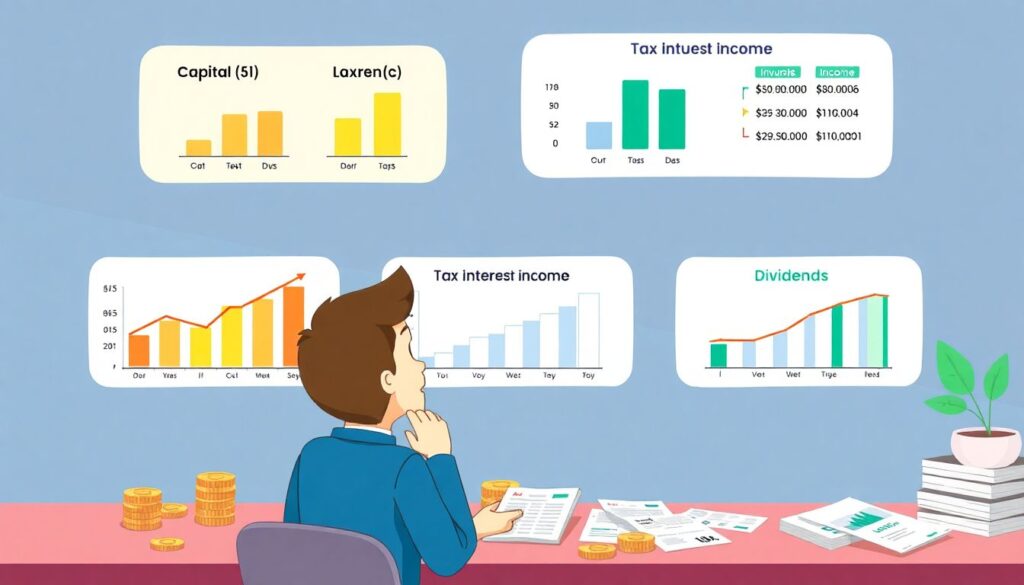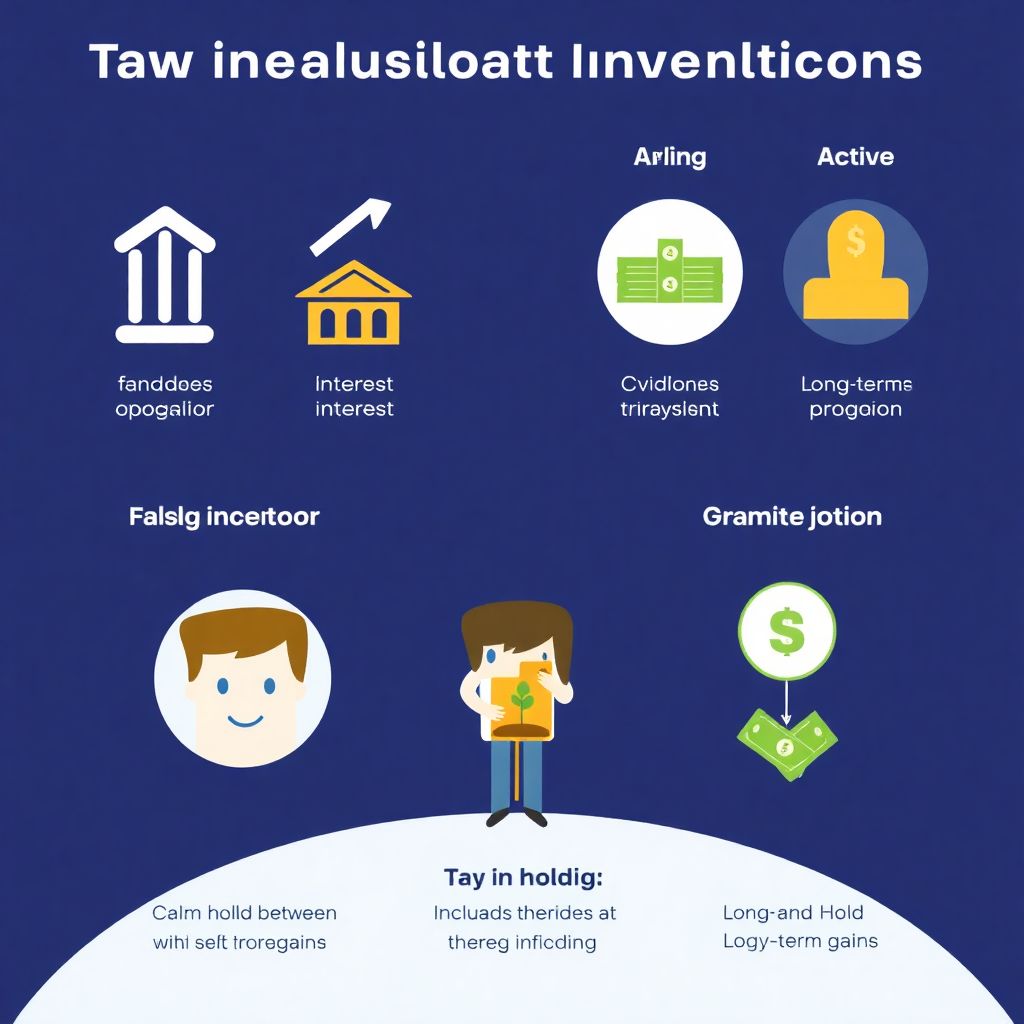Understanding the Tax Landscape for Investment Income

Investment income is a crucial component of wealth-building, but it comes with its own set of tax considerations. Many investors, particularly beginners, fail to understand how different types of income—such as capital gains, interest, and dividends—are taxed. Long-term capital gains (from assets held over a year) typically enjoy lower tax rates compared to short-term gains, which are taxed as ordinary income. Qualified dividends also benefit from preferential rates, while interest income is usually fully taxed at your marginal rate. Grasping these distinctions is fundamental for building a tax-efficient investment strategy.
Comparing Strategies: Buy-and-Hold vs. Active Trading

Two popular approaches to investing—buy-and-hold and active trading—have significantly different tax implications. A buy-and-hold strategy emphasizes long-term investing, often resulting in lower long-term capital gains taxes. On the other hand, frequent trading generates short-term gains, which are taxed at higher ordinary income rates. While active trading may offer faster returns, its tax burden can erode profits if not carefully managed. In contrast, long-term investing benefits from compounding and tax deferment but may offer less flexibility.
Common Tax Mistakes Beginners Make
New investors often fall into traps that increase their tax liabilities unnecessarily. Understanding these missteps can prevent costly errors:
– Ignoring asset location: Placing high-yield investments in taxable accounts instead of tax-advantaged accounts like IRAs can increase your yearly tax bill.
– Overtrading: Selling too frequently leads to unnecessary short-term capital gains and higher taxes.
– Lack of record-keeping: Failing to track cost basis and holding periods can complicate tax filing and increase audit risks.
By avoiding these mistakes, investors can protect more of their earnings and improve their after-tax returns.
Technology: Tools for Smarter Tax Decisions
Today’s investors have access to a wide variety of tax-optimization technologies. Robo-advisors like Betterment or Wealthfront automatically perform tax-loss harvesting, a process that offsets gains with losses to reduce taxable income. Tax planning software (e.g., TurboTax Premier or TaxSlayer) offers features designed to track gains and losses, asset locations, and potential tax-saving opportunities.
Benefits of tax optimization tools:
– Automated portfolio rebalancing with tax implications in mind
– Real-time alerts for potential tax events
– Easier cost-basis and capital gains tracking
However, these platforms have their downsides. Most are generalized and may not consider your complete financial picture. Relying solely on automation can also lead to missed human insights crucial for complex investment scenarios.
Recommendations for Choosing the Right Tax Strategy
No single tax strategy fits all investors, so the choice should align with your goals, time horizon, and risk tolerance. For long-term investors, emphasizing tax efficiency through index funds, ETFs, and retirement accounts can produce superior after-tax results. Those who prefer a more active approach should consider working with a tax advisor to implement advanced strategies like tax arbitrage or charitable donations of appreciated assets.
Key factors to consider:
– Your income tax bracket and expected future changes
– The type of investment accounts you hold (Roth IRA, 401(k), taxable)
– Your investment timeline and need for liquidity
Balancing these elements helps create a tax strategy that evolves with your portfolio.
Trends to Watch in 2025 and Beyond

With ongoing discussions in Congress about adjusting capital gains and dividend tax rates, staying informed is more important than ever. In 2025, expect stronger emphasis on ESG (Environmental, Social, and Governance) investments, many of which will be bundled into tax-efficient ETFs. Additionally, the IRS is expanding its scrutiny of cryptocurrency transactions, so investors in digital assets should ensure they’re reporting accurately and considering tax-loss harvesting opportunities in volatile markets.
Another notable trend is the growing use of AI in tax planning. New AI-driven financial platforms are providing personalized insights based on user behavior, offering tailored strategies to minimize liabilities and maximize returns. As tax laws evolve, leveraging these technologies—and staying educated—will be essential for preserving investment gains.

